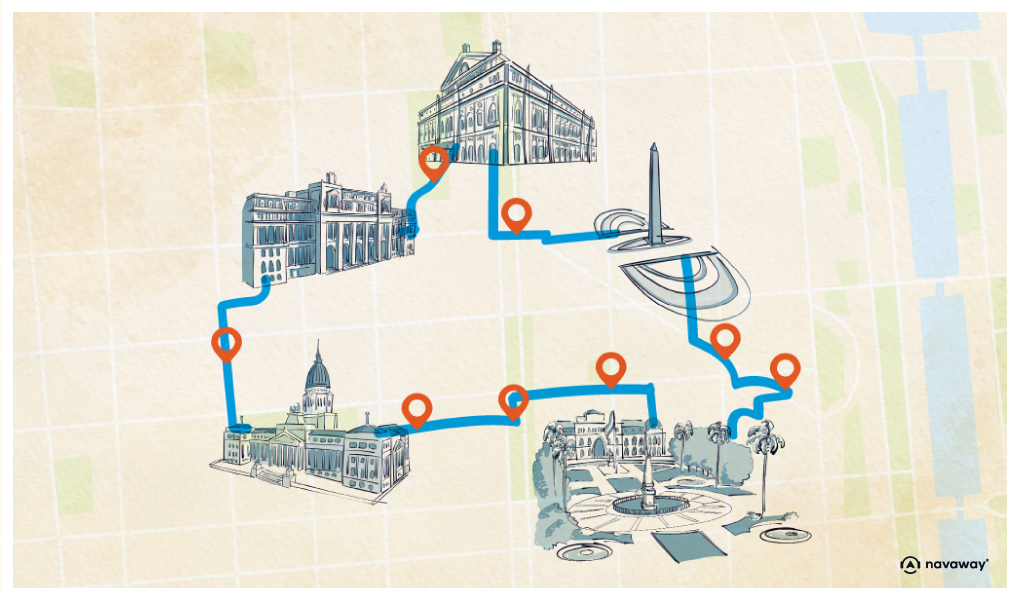
Palacio Barolo
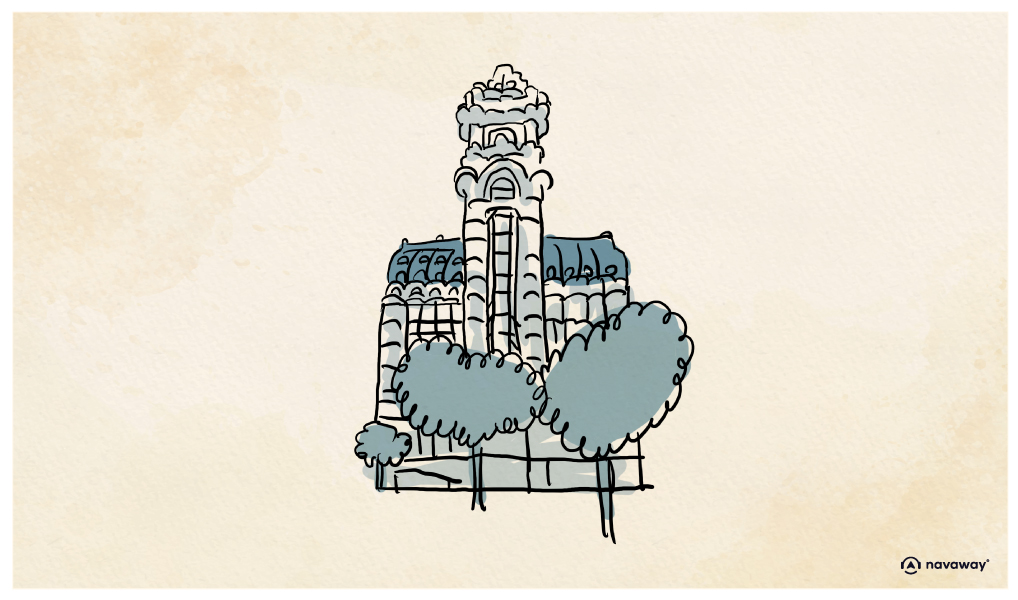
This point of interest is available as audio on the tour: Visit Buenos Aires, The soul of Argentina
Check out that giant curvy building to your right! It’s the Palacio Barolo. It’s the brainchild of a young Italian immigrant who arrived in Argentina in 1890. He was the first to import cotton spinning machines and soon made a fortune in the textile industry. He dreamed big and wanted to build the tallest building in Argentina, maybe even South America. And it would bear his name, of course! To make this masterpiece a reality, he hired the greatest Italian architect around. Mario Palanti was born in Milan and emigrated to Argentina at the beginning of the 20th century to work for all those wealthy Italians who had come to settle in Buenos Aires and Montevideo. The two men decided to build a palace inspired by Dante’s Divine Comedy. The edifice is 100 meters high, mirroring the poem’s 100 cantos, even though it far exceeded the height limits of the time! Plus, it sits at number 1370, a nod to the poem dating to the 14th century. The building is divided into three distinct parts. The entrance hall welcomes you to Hell, with its 9 vaults representing the 9 infernal circles, all decorated with mythical creatures. To complete the metaphor, there’s a bronze statue of Dante himself right in the center, carried by a condor towards the heavens. Next, there’s Purgatory, with floors of 11 or 22 offices each, corresponding to the number of stanzas per canto. And finally, there’s the tower you see at the top. That’s actually a lighthouse representing Paradise. The architect built it to communicate with the one in the Salvo palace in Montevideo. He built that one as well. The two beams of light represent the entrance to paradise, all aglow as described in Dante’s poem. For some years, the Palacio Barolo was the tallest building in South America, before being dethroned in 1928 by its Uruguayan counterpart, and then by the Kavanagh building. This architectural marvel, a product of grand visions, is now a listed historical monument and a testament to Argentina’s golden age back in the 20th century. A land of immigrants, flourishing while Europe grappled with the horrors of World War I. Sadly, Barolo passed away in 1923 and never saw his masterpiece fully completed. That being said, his gamble paid off, as his building is a cherished landmark to this day. There are guided tours available, allowing you to explore the interior and climb to the top of the lighthouse for stunning views over the city.

If you still have some time...
Discover other tours to visit Buenos Aires

Discover Buenos Aires with app
An interactive guide through the most beautiful streets, squares, and districts
18 fun audioguides full of historical facts, anecdotes, and legends
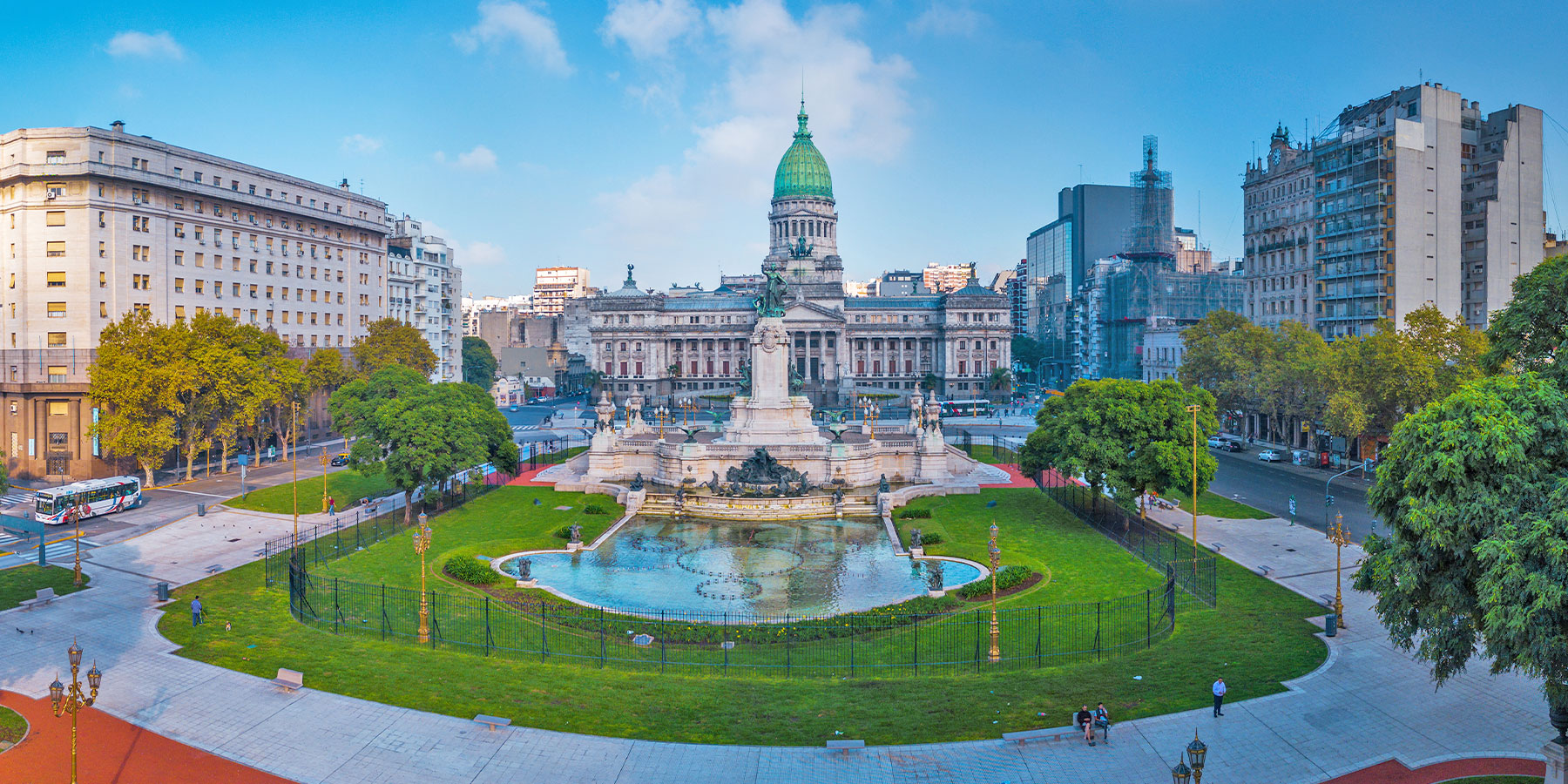

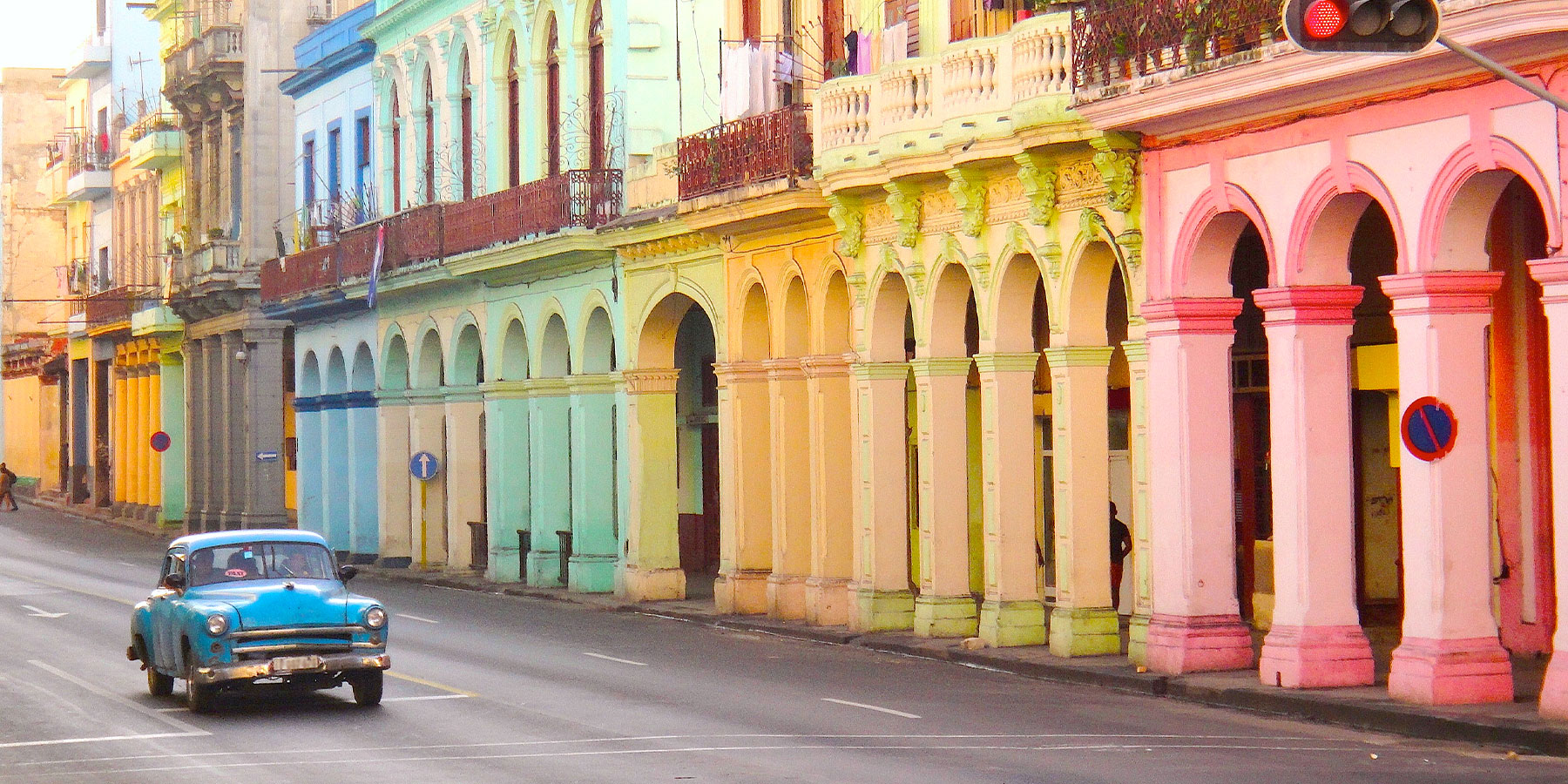
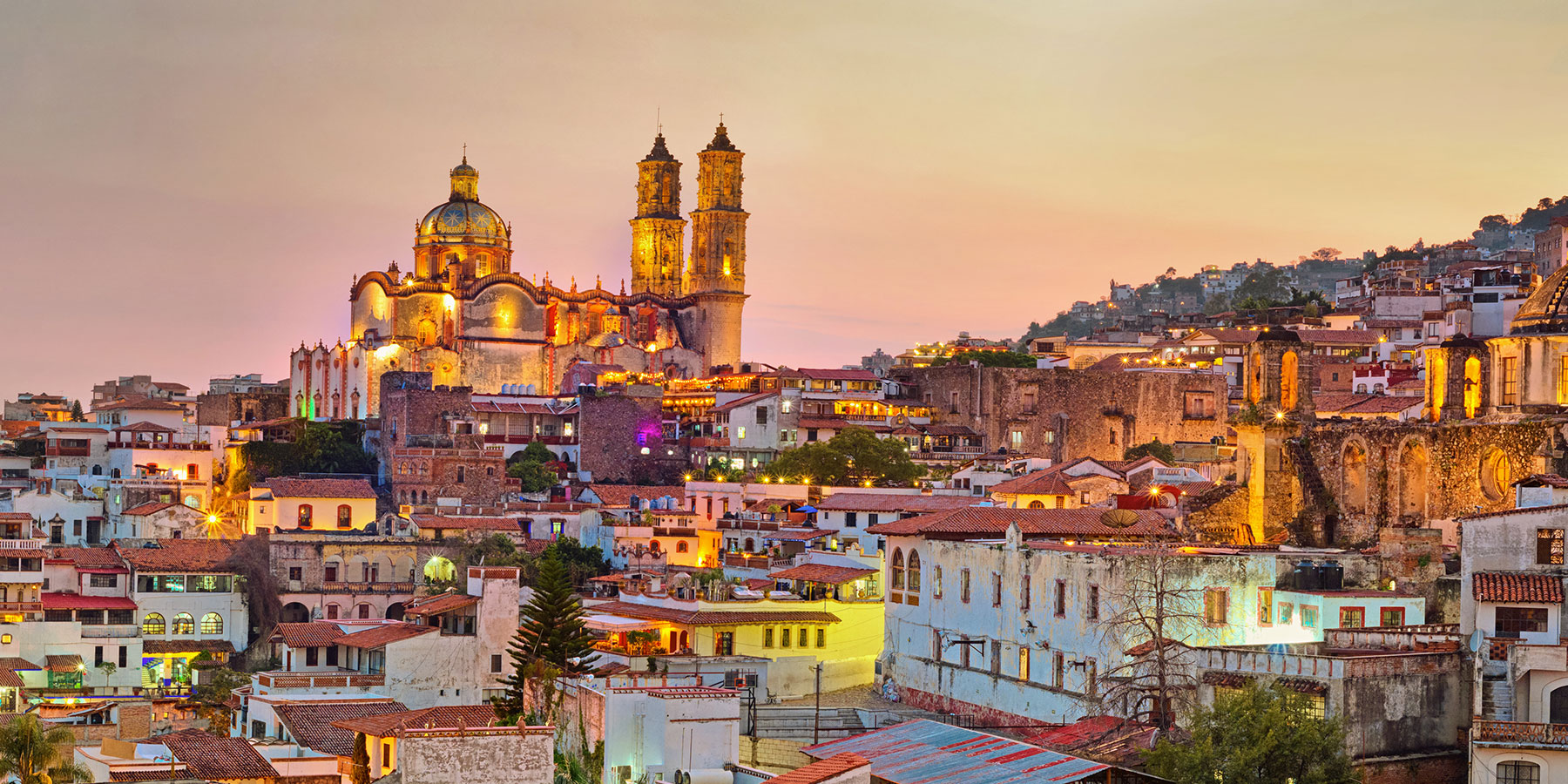


Comments